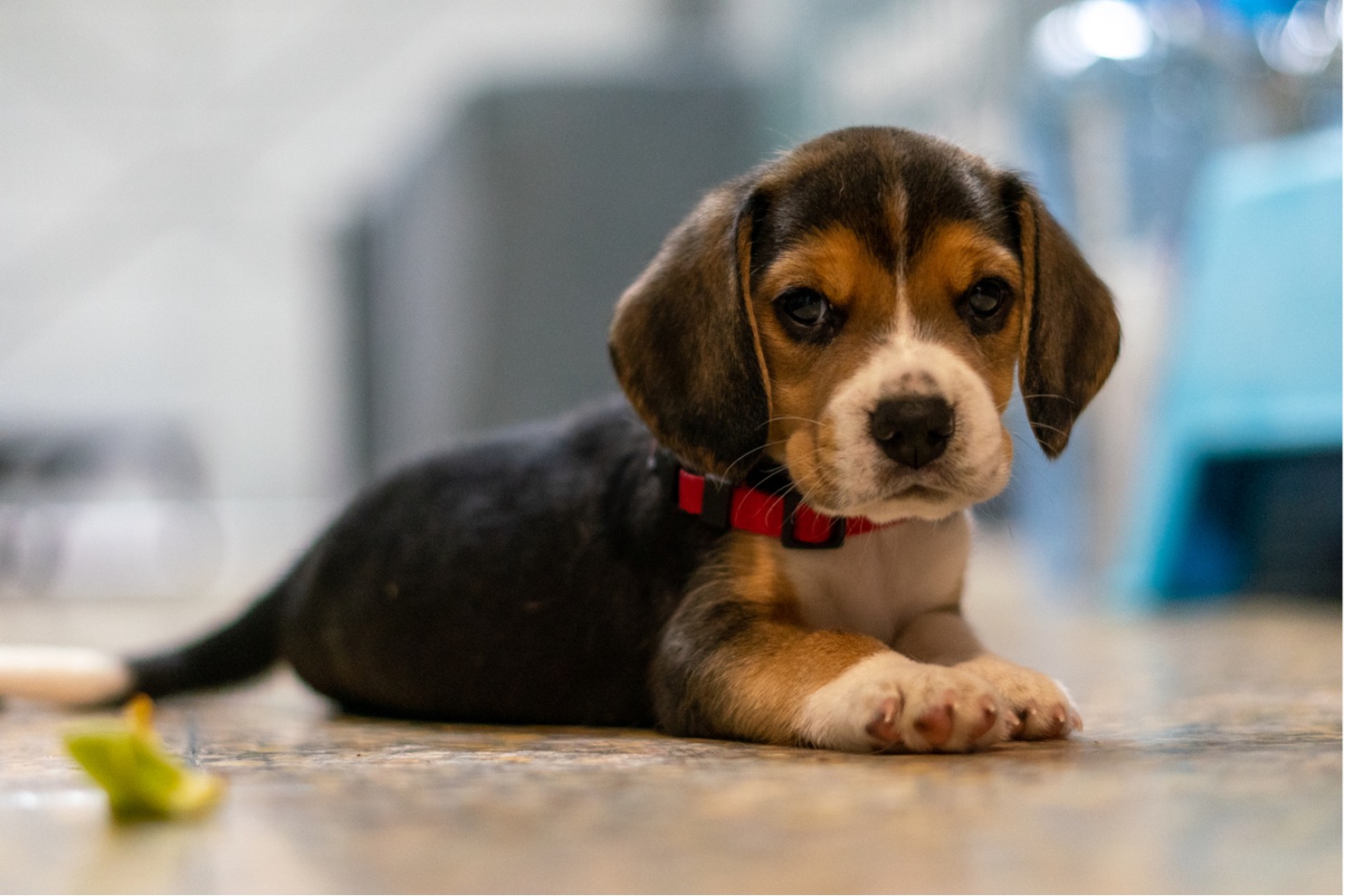In the lively world of puppyhood, where each tail wag signifies boundless joy, the threat of parvovirus casts a looming shadow. Amidst the challenges posed by this potentially deadly disease, this blog serves as a guiding light for dog owners. We will cover essential strategies to shield your cherished companions from parvo in the delicate balance between playful leaps and potential peril. From preventive measures to treating parvo in puppies, join us as we embark on a journey dedicated to safeguarding the innocence and vitality of your furry friends.
What is Parvo?
Parvo, short for canine parvovirus, is a highly contagious viral disease primarily affecting puppies and young dogs. The virus mainly attacks the intestines, bone marrow, and lymph nodes (where white blood cells are stored), causing illness and compromising a puppy’s immune system.
Common Signs of Parvo in Puppies
Lethargy: One of the primary symptoms is lethargy. Puppies infected with parvo may lack energy, appear weak, and be less playful.
Sudden loss of appetite: They may also experience a sudden loss of appetite, leading to weight loss.
Vomiting and Diarrhea: Vomiting is another prominent symptom, often accompanied by diarrhea. Their diarrhea may be foul-smelling, bloody, or have a yellowish tint. The combination of vomiting and diarrhea can quickly lead to dehydration, which is a severe concern, particularly for young puppies who have limited reserves.
The virus also affects a puppy’s bone marrow by inhibiting the production of white blood cells, which weakens the puppy’s immune system. This immune system suppression increases the puppy’s vulnerability to secondary infections, complicating the illness and recovery process.
How is Parvo Spread?
According to the American Veterinary Medical Association, parvo-infected dogs can quickly spread the virus to other dogs and puppies who come into contact with infected dogs in any of the following ways:
- Contact with feces (stool) from infected dogs or wild canids (foxes, wolves, and coyotes).
- Contact with virus-contaminated surfaces, e.g., kennels, food and water bowls, collars and leashes, and the hands and clothing of people who handle infected dogs.
- Contact between domestic dogs, feral dogs, and wild canids.
The virus can survive in the environment for a long time. It is resistant to heat, cold, humidity, and drying. Even trace amounts of feces from an infected dog can contain the virus and infect other dogs. You can see why proper disinfection practices are critical.
Early Detection is Essential for Treating Parvo in Puppies
The sooner you recognize the symptoms and seek veterinary help, the better the chances of saving your puppy’s life. Parvo symptoms can appear as early as three to seven days after exposure to the virus. Awareness of the signs will enable you to act quickly and provide the necessary care for your furry friend.
The symptoms of loss of appetite, lethargy, vomiting, and diarrhea may initially be mild, but they can rapidly progress, leading to severe dehydration, electrolyte imbalances, and even death. Familiarize yourself with these early signs to ensure early intervention and the best possible outcome for your puppy.
Understanding the Stages of Parvo
Parvo progresses through different stages, each with its symptoms and challenges. Understanding these stages will help you better comprehend the disease and its impact on your puppy’s health.
Stage 1:
The initial stage of parvo, known as the incubation period, occurs after the puppy has been exposed to the virus. During this period, the virus begins to replicate in the body, but there may be no visible signs of illness. The incubation period can last anywhere from three to fourteen days.
Stage 2:
The second stage, the acute stage, begins as the virus progresses. The onset of clinical signs such as vomiting, diarrhea, and lethargy characterizes this stage. The acute stage typically lasts for three to four days. Prompt veterinary care is crucial to prevent further complications and provide supportive treatment.
Stage 3:
The final stage of parvo is the recovery stage. With proper treatment and care, most puppies can recover from parvo. However, it is essential to note that the recovery process can be lengthy and may require ongoing medical attention. Monitoring your puppy’s progress and following your veterinarian’s guidance is necessary.
Diagnostic Tests for Parvo
Diagnosing parvo in puppies requires specific tests to confirm the presence of the virus. Your veterinarian will perform a thorough examination and may recommend various diagnostic tests to determine if your puppy is infected.
- One standard test is the fecal parvovirus antigen test, which detects the presence of the virus in a stool sample. This test provides quick results and is often the first step in diagnosing parvo.
- We may also do blood tests to assess the puppy’s overall health and check for abnormalities.
- In some cases, we may recommend additional tests, such as abdominal ultrasounds or radiographs, to evaluate the extent of the disease and assess any potential complications. We will guide you through the diagnostic process and discuss the most appropriate tests for your puppy.
Options for Treating Parvo
Treating parvo in puppies requires immediate veterinary care and supportive treatment. There is no cure for parvo, but timely intervention can significantly improve your puppy’s chances of survival and recovery. The primary goal of treating parvo is managing symptoms, preventing dehydration, and supporting the puppy’s immune system. Treatment often involves:
- Hospitalization.
- Intravenous fluids to address dehydration.
- Medications to control vomiting and diarrhea.
- Antibiotics: we may prescribe antibiotics to prevent secondary bacterial infections. Nutritional support is crucial during the treatment process.
- Special Diet: Your veterinarian may recommend a special diet or guide you on feeding and hydrating your puppy during recovery.
While caring for your puppy at home, it is essential to closely follow our instructions and monitor your puppy’s progress. If you have other dogs, keep your puppy isolated until they have fully recovered. Regularly disinfect your puppy’s living area, bedding, and toys. Dispose of any contaminated items properly to prevent reinfection. Caring for a puppy with parvo can be challenging, but most puppies can recover successfully with proper care and support.
Preventing Parvo in Puppies with Vaccination and Adequate Hygiene
Prevention is the best approach to protect your puppy from this potentially deadly disease. Vaccination and following adequate hygiene practices can go a long way to keeping your puppy or young dog protected from Parvo.
Vaccination
Puppies should receive a series of vaccinations starting at around six to eight weeks, with additional boosters given every few weeks until they reach four months old. The parvo vaccine stimulates the puppy’s immune system to create antibodies to fight the virus. Following the recommended vaccination schedule ensures your puppy develops the necessary immunity to fend off parvo.
It is important to note that while vaccinations are highly effective, they are not foolproof. There is a slight chance that a vaccinated puppy may still contract the virus. However, if a vaccinated puppy gets infected, the illness’s severity is typically much milder, and the chances of survival are significantly higher.
Please consult with one of our doctors to determine the appropriate vaccination schedule for your puppy and ensure they receive the necessary protection. For more information about essential vaccinations for your puppy, please read our blog, Vaccinations.
Proper Hygiene Practices
Proper hygiene practices and sanitization methods are also crucial in preventing the spread of parvo. Since the virus can survive in the environment for months, it is essential to regularly clean and disinfect your puppy’s living area, toys, and any other surfaces they come into contact with.
Avoid exposing your puppy to potentially contaminated areas or other dogs until your puppy is fully vaccinated. Here are some places to avoid:
- Dog parks
- Boarding and daycare facilities
- Pet Stores
- Keep your puppy away from unvaccinated dogs or dogs with unknown vaccination histories.
Conclusion: Empowering Pet Owners in the Fight Against Parvo
In conclusion, this guide emphasizes the urgency and importance of safeguarding your furry companions from this severe threat. We have covered the preventative measures of vaccination and proper hygiene, recognizing symptoms, and quickly getting veterinary treatment for your dog. Let’s remain vigilant, proactive, and committed to ensuring the health and well-being of your beloved puppies. Together, we can keep their world vibrant, joyful, and free from the dangers of parvo. Contact us now if you have any questions or need to schedule your puppy’s vaccinations.
Your Caring Team
Pine Creek Animal Hospital



0 Comments